The golden hues of a perfectly cooked Spanish paella are unmistakable, a visual feast that promises rich flavors and a deep connection to Mediterranean culinary traditions. At the heart of this iconic dish lies saffron, the world’s most expensive spice, which not only imparts its signature color but also weaves a story of history, culture, and meticulous craftsmanship. The journey of saffron from flower to paella pan is as intricate as the flavors it delivers, and its role in Spanish cuisine transcends mere seasoning—it’s a cultural emblem.
The Saffron Legacy: From Ancient Trade Routes to Spanish Soil
Long before saffron found its way into Spanish kitchens, it was a coveted commodity traded along ancient routes stretching from Persia to the Mediterranean. The Moors, who ruled much of the Iberian Peninsula for centuries, are credited with introducing saffron to Spain, where it thrived in the dry, sunny climates of regions like La Mancha. Today, Spanish saffron, particularly the Denominación de Origen-protected Azafrán de La Mancha, is revered for its superior quality, with each thread painstakingly hand-harvested from the delicate purple crocus flower. The labor-intensive process—requiring over 75,000 flowers to produce a single pound of saffron—explains its nickname, "red gold."
The Alchemy of Flavor: Saffron’s Role in Paella
In paella, saffron performs a delicate alchemy. Its earthy, slightly metallic notes blend seamlessly with the briny depth of seafood, the smokiness of paprika, and the sweetness of ripe tomatoes. Unlike other spices that dominate a dish, saffron whispers—its presence felt rather than shouted. When infused properly (often steeped in warm broth before being added to rice), it releases crocin, the compound responsible for its vibrant color, and safranal, which contributes to its distinct aroma. This infusion technique, passed down through generations, ensures every grain of rice is kissed by saffron’s essence.
Beyond Color: Saffron as a Cultural Touchstone
To reduce saffron’s role in paella to mere aesthetics would be a disservice. In Spain, the spice is a symbol of celebration, often reserved for festive occasions like weddings or family gatherings. Its use in paella—a dish traditionally cooked over open flames and shared communally—reflects the Spanish ethos of sobremesa: lingering at the table to savor both food and company. Regional variations abound; while Valencia’s classic paella might emphasize rabbit and snails, coastal versions laden with shrimp and mussels rely on saffron to bridge land and sea flavors. Even in modern interpretations, chefs guard saffron’s authenticity, viewing synthetic colorants as sacrilege.
The Threats to Tradition: Adulteration and Climate Change
Despite its revered status, saffron faces challenges. Fraudulent sellers often adulterate threads with cheaper fillers like marigold petals or dyed corn silk, undermining trust in the spice trade. Meanwhile, climate change threatens crocus yields, with unpredictable rainfall and rising temperatures destabilizing centuries-old farming practices. Organizations like the Consejo Regulador de la Denominación de Origen Azafrán de La Mancha combat these issues through rigorous certification, but the future of saffron—and by extension, authentic paella—hinges on sustainable solutions. Some farmers now experiment with vertical farming, while others advocate for saffron’s inclusion in UNESCO’s Intangible Cultural Heritage lists to safeguard its legacy.
A Spice Worth Saving
To taste a paella infused with genuine Spanish saffron is to experience a dish that transcends time. Each forkful carries the weight of history, the skill of harvesters who rise before dawn to pluck fragile stigmas, and the patience of cooks who understand that great flavors cannot be rushed. As global palates grow more adventurous, the demand for saffron surges—yet its true value lies not in its price, but in its ability to turn simple ingredients into a masterpiece. In preserving saffron, we preserve a way of life, one golden grain at a time.
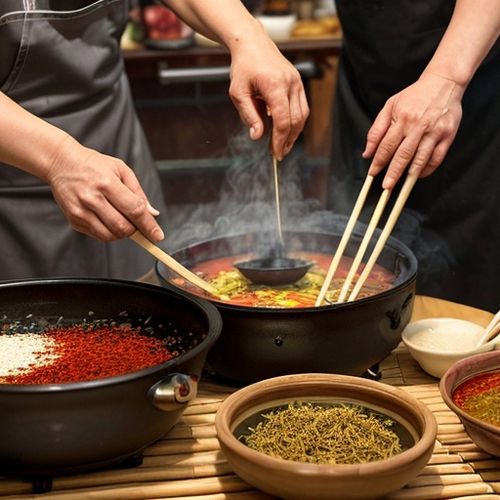
By Samuel Cooper/May 10, 2025
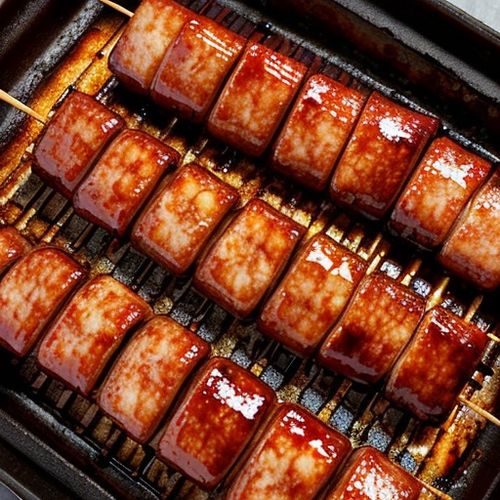
By Grace Cox/May 10, 2025
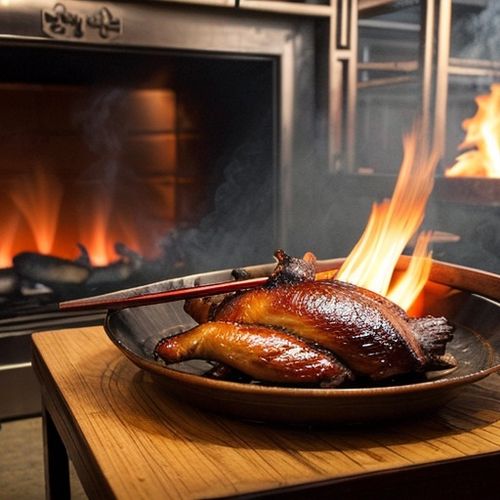
By John Smith/May 10, 2025
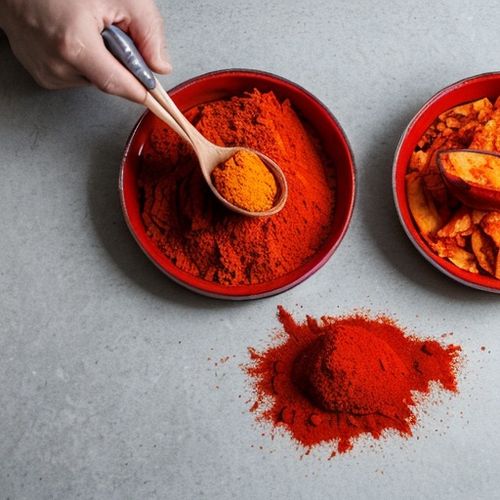
By Michael Brown/May 10, 2025
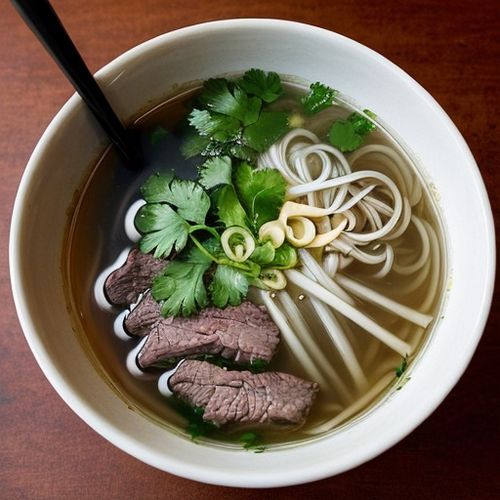
By George Bailey/May 10, 2025
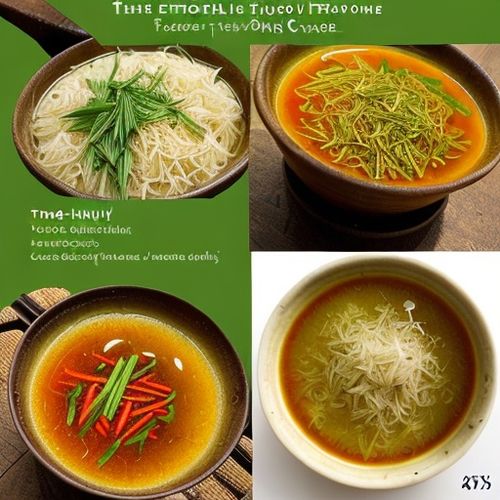
By Lily Simpson/May 10, 2025
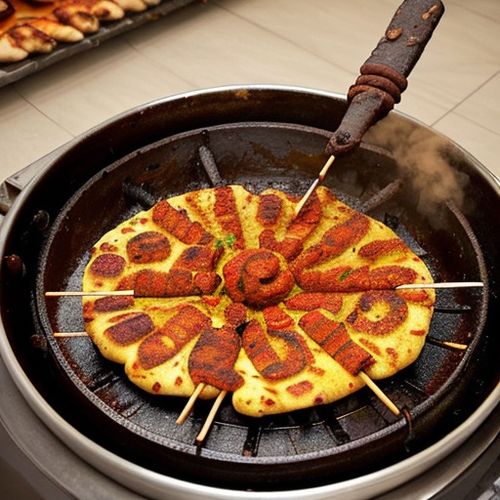
By Emma Thompson/May 10, 2025
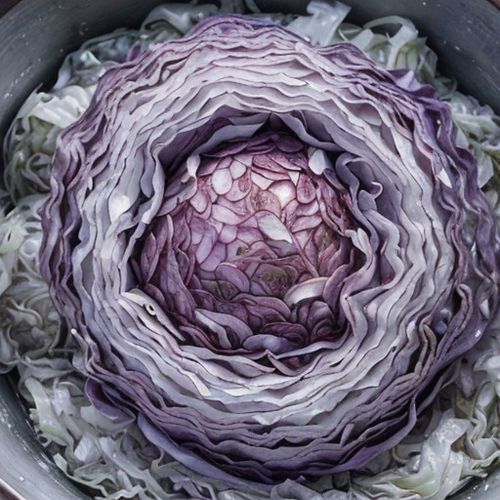
By Emily Johnson/May 10, 2025
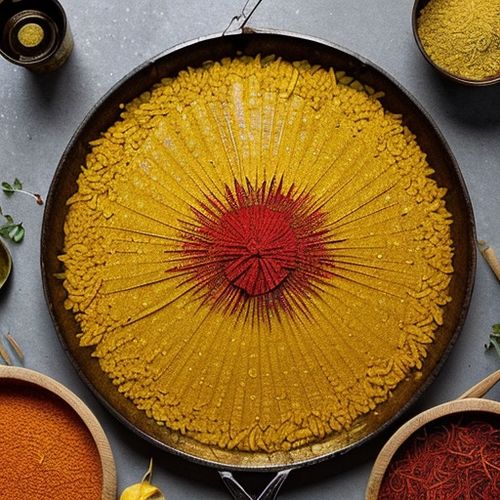
By Joshua Howard/May 10, 2025
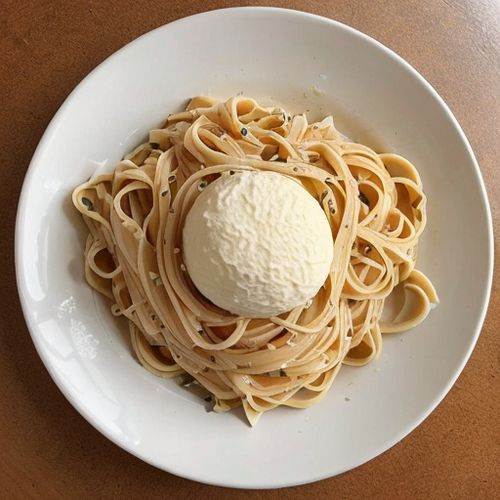
By Eric Ward/May 10, 2025
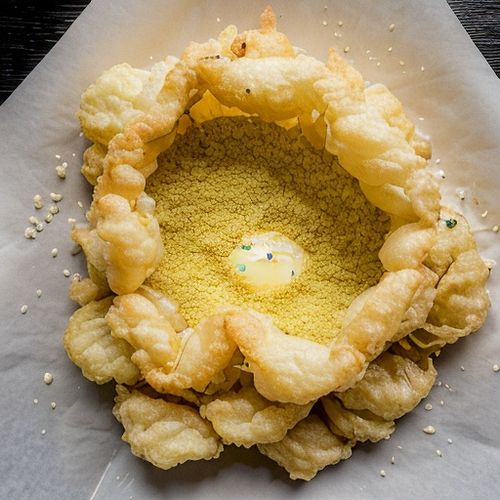
By Benjamin Evans/May 10, 2025

By Christopher Harris/May 10, 2025

By John Smith/May 10, 2025

By Elizabeth Taylor/May 10, 2025
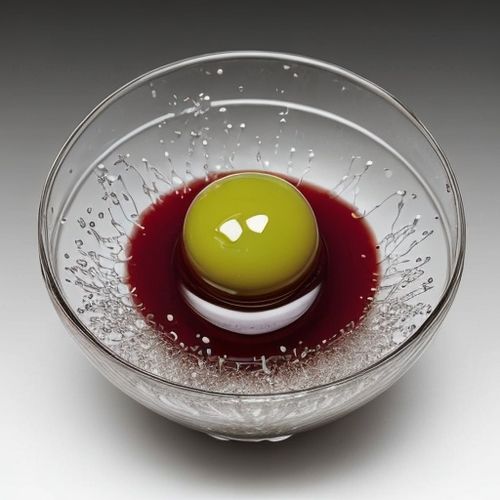
By Grace Cox/May 10, 2025